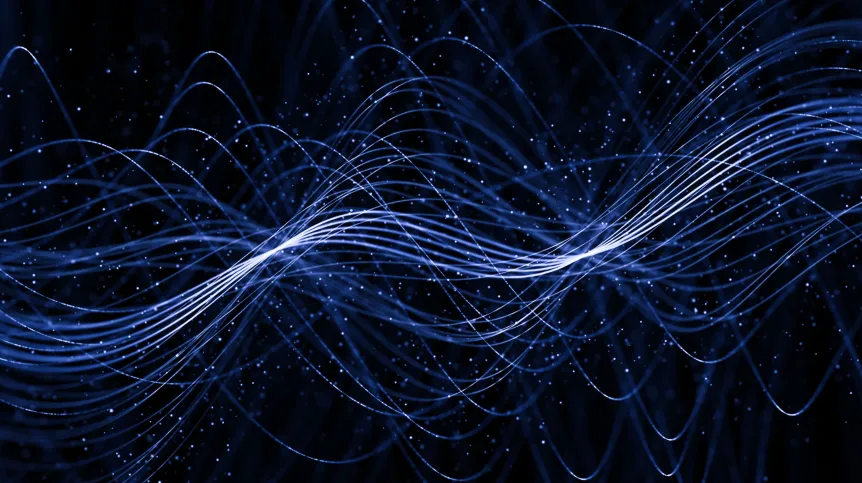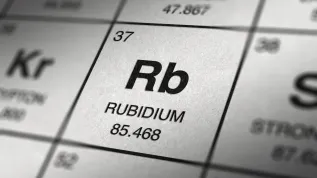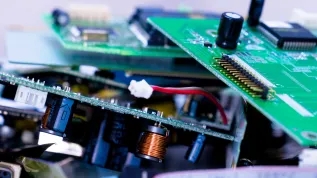
Scientists from Poland and Austria have created a new computer model for studying quantum phenomena involving high-energy photons which could help test the foundations of quantum mechanics.
The tool also shows potential for medical applications, including positron emission tomography (PET).
The Vienna–Warsaw model by researchers from the National Centre for Nuclear Research (NCBJ), the University of Vienna, and the Jagiellonian University allows the study of photons with energies up to a million times higher than visible light.
These high-energy photons are typically produced during the annihilation of an electron and a positron.
Traditional optical methods, such as polarizers, are not suitable for studying such photons.
“The results confirm that the model accurately reflects the physics of polarised high-energy photons,” said Dr. Wojciech Krzemień from the National Centre for Nuclear Research, one of the study’s authors.
The model is based on the double Compton scattering process, which enables scientists to indirectly determine the polarization of photons — the orientation of their electromagnetic field vibrations. This property is key to exploring quantum effects like entanglement.
Built on the Geant4 simulation environment, the Vienna–Warsaw model could also improve medical imaging. By enhancing algorithms used in PET scans, the model may help better distinguish photon pairs generated by annihilation from random background events, leading to clearer and higher-contrast diagnostic images.
Work on the simulator continues at NCBJ under the IMPET project, funded by the Foundation for Polish Science.
The research findings have been published in The European Physical Journal C. (PAP)
lt/ agt/
tr. RL













